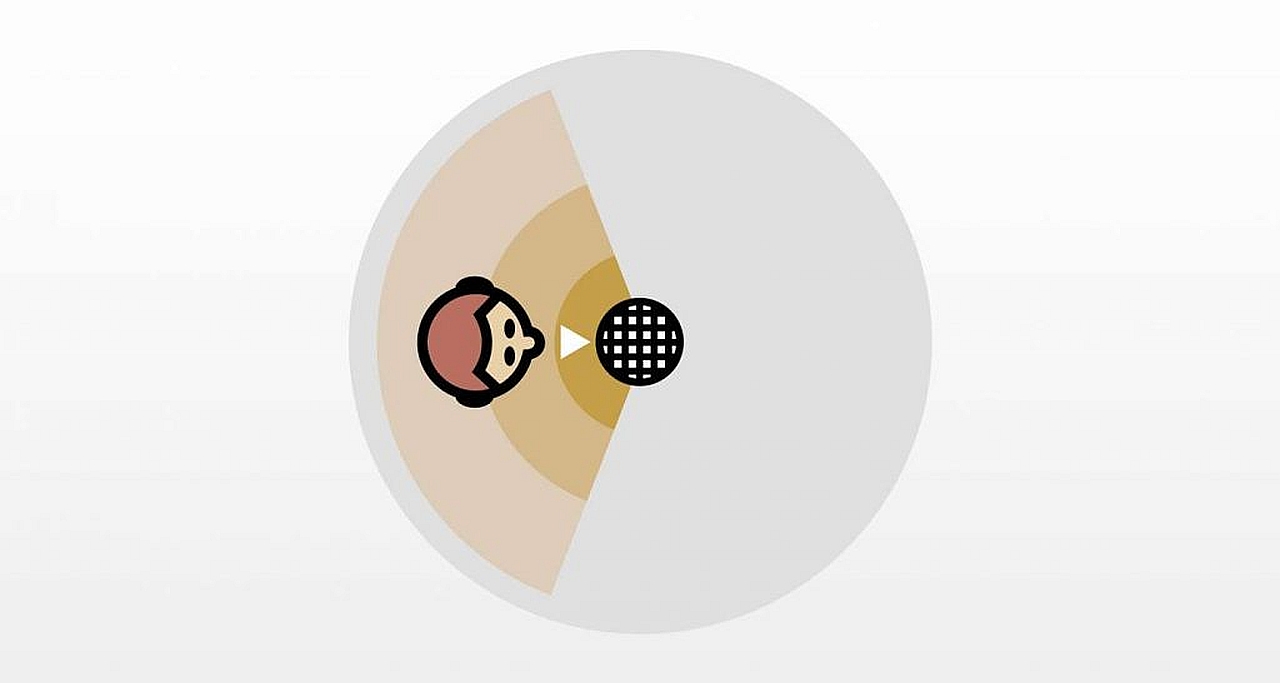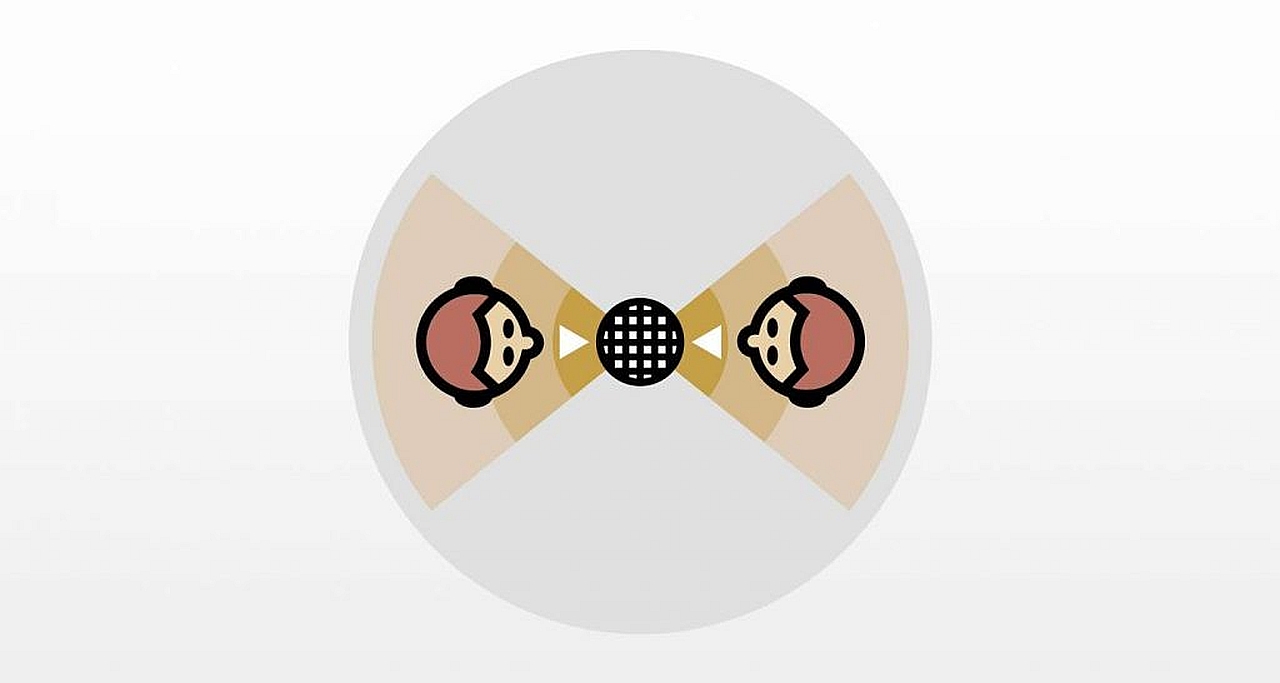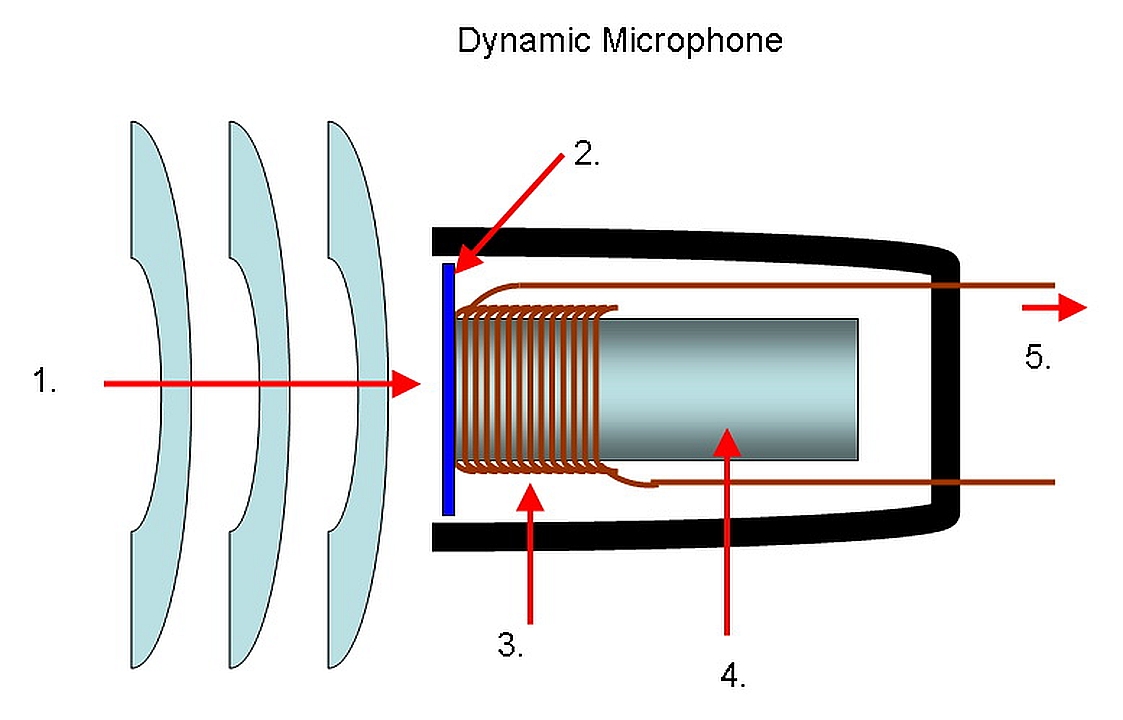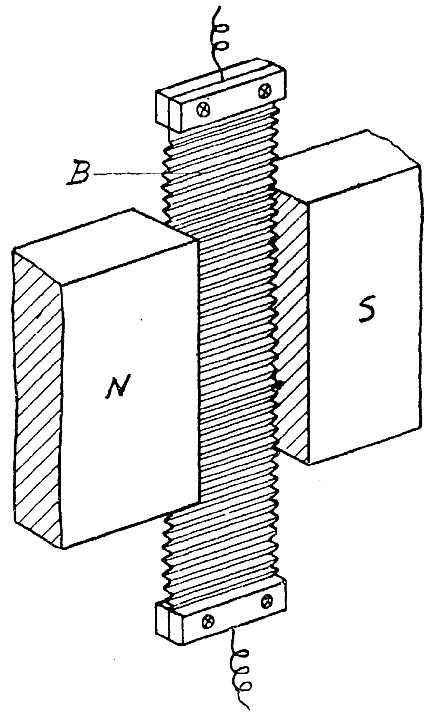preamble
I believe that everyone will pay attention to the latest videos of different YouTubers every day, and you will find that many of them use independent radio microphones. In the past, ordinary users may not pay special attention to or pursue high-quality radio microphones, whether it is for daily meetings or with friends. Online team play, only use the radio function of the mobile phone or headset. However, with the outbreak of the epidemic in recent years, more and more people need to deal with work through online meetings, and they will start to find that using the built-in radio microphones of computers or mobile phones, the quality of calls may not be able to meet their needs, and there are often various If you plan to buy a radio microphone for admission to the computer festival this year, the following purchase information may help you find a product that suits your heart.
First recognize the application and then understand the directionality
First of all, before choosing a radio microphone, you must first understand the directivity characteristics. The directivity of a radio microphone is the degree of receiving sound from different angles or directions. To put it simply, when conducting a meeting or a game, everyone should hope that the radio microphone mainly receives their own voice, not the noise of the whole room. Another situation is that if it is used in multi-person conferences or recording music, it is hoped that the radio microphone can capture the sound of the entire room, otherwise the volume in the non-directional position will be greatly reduced, so you should understand before choosing a radio microphone. Make a choice based on your actual application. At present, the most common directions of professional radio microphones on the market are omnidirectional, cardioid and figure-8. Some products also support different pointing modes at the same time, which can be switched through the buttons on the body to suit different applications of users. the needs of the environment.
cardioid
Cardioid (unidirectional) is the most common directivity and is suitable for the widest range of applications. It mainly collects the sound in the front and less in the rear, and can isolate the recorded signal from unwanted ambient noise. Common in recording studios, it can effectively isolate instruments or unnecessary vocals, and the cardioid directivity can also reduce the problem of echo.

omnidirectional
Omnidirectional mode, as the name suggests, is equally sensitive in all directions and angles, which is ideal if you need to capture the sound of an entire room or space. Since omnidirectional can effectively capture the sound of the entire space, it is suitable for placement in the center of the space, such as in a conference room and other environments, so that the other party can clearly hear the conversations of everyone in the room.

Figure 8 pointing
The figure-8 pattern (bi-directional) collects an equal amount of sound from the front and rear of the mic at a 90-degree angle, capturing relatively wide stereo sound and delivering a very full and natural sound. For recording music, it is very useful for recording vocal duets. If it is a daily application environment, it is suitable for two people sitting opposite each other, and can clearly capture the voice of the two people, while reducing the sound or noise in other ranges.

Radio microphone type
When you understand your general usage, you can know that you should choose the corresponding directivity to have better sound reception. After that, you can choose to use different types of radio microphones according to your actual budget. For most users, dynamic or capacitive radio microphones will be the more common choices. As for the other type of aluminum belt type Radio microphones are relatively suitable for professional users.
Dynamic radio microphone
The moving coil can be said to be the most popular and popular choice at present. Of course, the price is relatively cheap, and it can meet most of the needs of users with a small budget. Structurally, it consists of a magnetic coil surrounded by a thin metal mesh that picks up vibrations from sound waves. Dynamic radio microphones can be used in most real-life applications and have good results. The only disadvantage is that sometimes the sound sounds a bit noisy, and the sensitivity will be lower, so it is suitable for recording vocals or volume. larger instruments.

condenser microphone
Capacitive radio microphones can be said to be an upgraded version of moving coils, which are more sensitive to sound and have more natural sound quality. It’s made from a thin diaphragm that sits inside a metal or carbon fiber shell. When the case comes into contact with sound waves, it vibrates, producing a change in electrical current that transmits the sound to the computer via a USB cable or cable. The condenser microphone is very suitable for recording some different instruments, including vocals, guitars and pianos. It is also the type used by many YouTubers or live broadcasters. The disadvantage is that it is relatively unsuitable for recording loud instruments or loud vocals.

Aluminum Ribbon Radio Microphone
Ribbon microphones have a long history and are relatively expensive microphones. They are made from a thin sheet of aluminum and are suspended by a metal or rope-like frame. Ribbon microphones are electrostatic, so they must be connected to a high-voltage source to generate sound, and they also need to be transmitted to a computer through an audio interface through an amplifier or preamplifier. Ribbon microphones are generally used in professional music production due to their high sensitivity, such as strings, guitars, orchestras and pianos, and are also suitable for recording vocals with high realism. Since the film it uses can receive sound on both sides, it is a dual-directional radio microphone. The disadvantage is that it needs to be very careful when carrying it, and a blowout net is also required for recording vocals.

![[XF 專題] Improve Radio Quality Shopping Tips for Computer Festival‧Radio Microphone Type‧Directivity – XFastest Hong Kong [XF 專題] Improve Radio Quality Shopping Tips for Computer Festival‧Radio Microphone Type‧Directivity – XFastest Hong Kong](https://cdn2.xfastest.com.hk/2022/08/microphone.jpg)